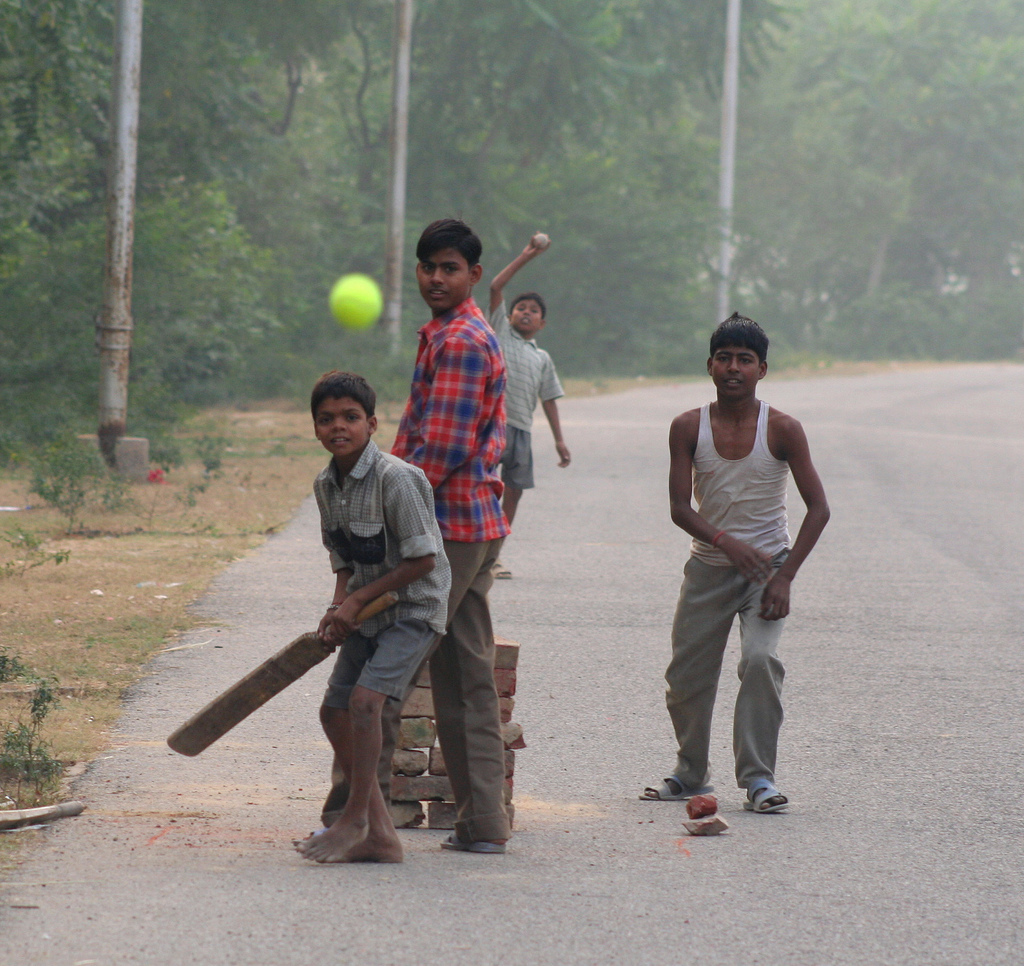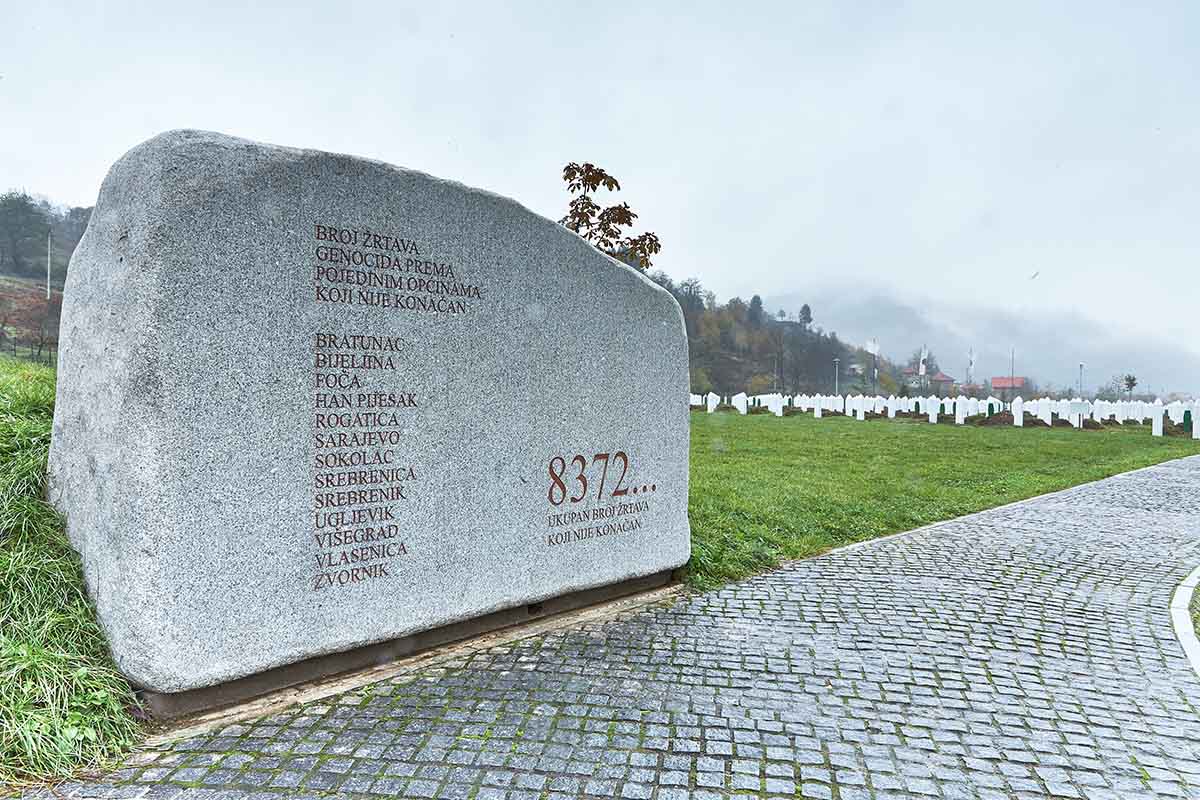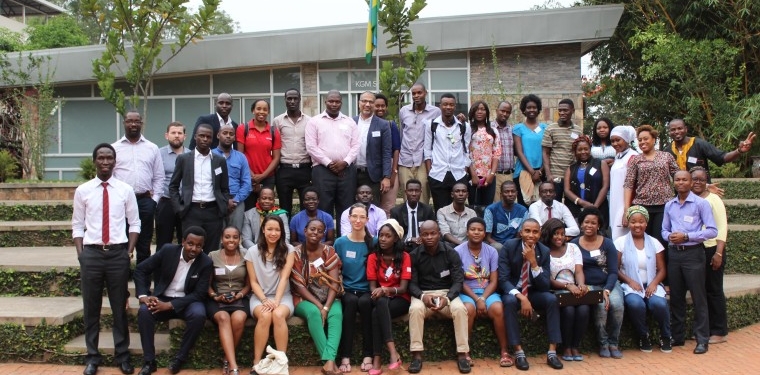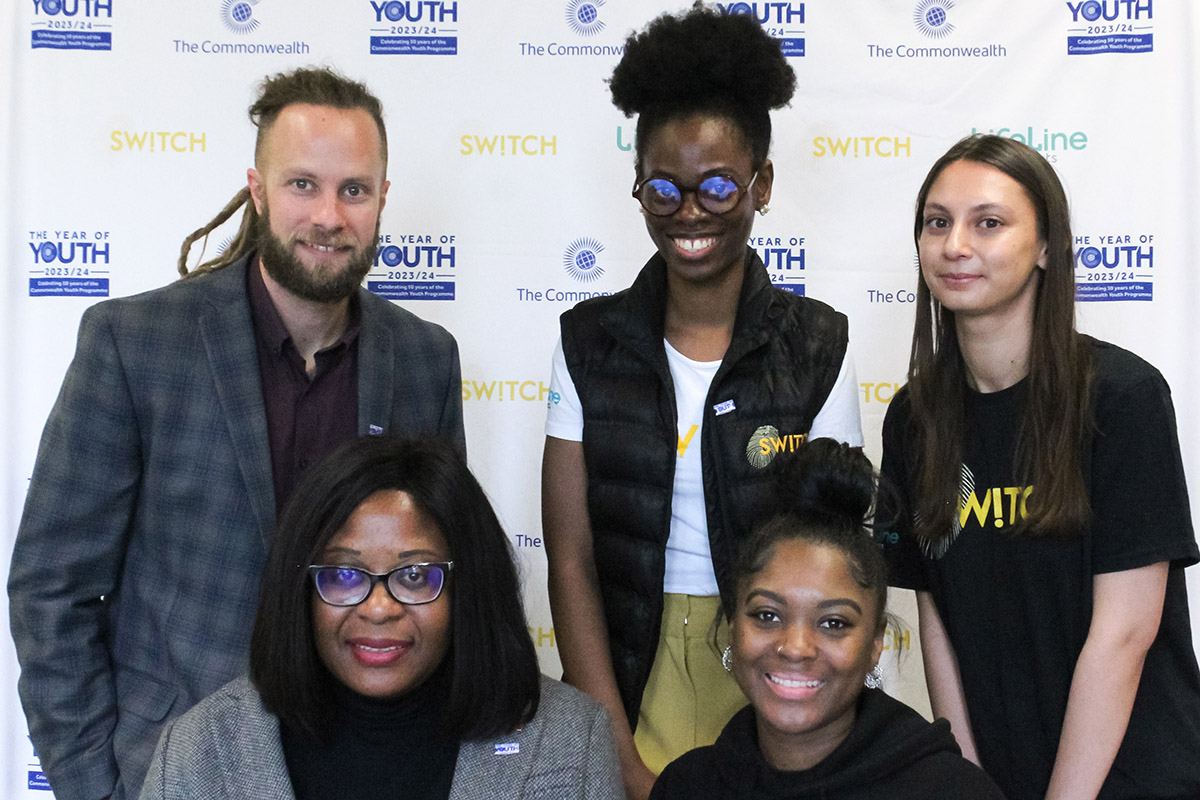“All we wanted was a small playground”
October 6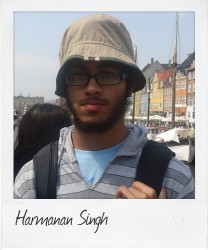 Denied a much-anticipated game of cricket, Harmanan Singh, 18, a Commonwealth Correspondent from Mumbai in India, devised a way to give disadvantaged children the opportunity to play sports.
Denied a much-anticipated game of cricket, Harmanan Singh, 18, a Commonwealth Correspondent from Mumbai in India, devised a way to give disadvantaged children the opportunity to play sports.
It was a bright summer day – ideal conditions for a game of cricket. My friends and I had a long summer break to go as we started proceedings for the inaugural match, the venue of which was the backyard parking lot of our society campus. Amongst us was a swashbuckling batsman who carted the ball to all parts of our linear, unimpressive playground. It was then that a middle aged, stout, bespectacled man walked up to us and halted our little game. Yes, he was a society resident who passed a single-handed resolution to prohibit any further “nuisance” that we were creating.
All of us grumbled as he turned his back towards us with an air of superiority. I returned home dejected as I contemplated on this unjust proposition. Although we developed a peculiar dislike for the stout man, I couldn’t quite blame him for this incident.
All we wanted was a small playground…………
In a vertical city like Mumbai, where concrete structures spurt and blossom, every available inch of land becomes a construction site, leaving negligible areas for us to play. The large grounds (popularly known as maidans) have dwindled to such an extent that they have reached a point of non-existence.
I strategised and deliberated to find a fittingly simple solution to the problem. Creating more playgrounds and open areas wasn’t a viable solution, and I wanted to address the problem immediately. My solution was a portable playground, a cubicle structure which could be installed and dismantled easily. I named the structure ‘PlayStation 2.0’ as it was a metamorphosis from its original namesake. The PlayStation 2.0 was supposed allow children and adults to indulge in a game of cricket or football without any space constraints or inconvenience to the general public at large. Also, the usage of these cubicles had to be free of cost for all. Determined and inspired to introduce the change, I approached several organizations until my idea was accredited by ‘Godrej’ – a large consumer goods manufacturing firm based in India. Through their initiative, “Small ideas for a Brighter Mumbai”, I received adequate funding for the implementation of the project.
The ball had been set rolling and it was time to provide a playground to those who deserved it. As I began to contemplate and formulate various aspects of the project, I hit several roadblocks. I was also presented with some disturbing facts and brutal realities. With the assistance of Rotary (a global NGO), I recognised an ideal location for the installation of this setup.
St. Mathews School, located in the second largest slum in India, was selected as the ideal site for the project. I first encountered the problem as I had been denied a place to play, but the problem in the slums was far too acute to ignore.
I interacted with several slum dwellers and explored their community. My lesser-blessed countrymen fought a treacherous battle every day to survive, but their eccentricity and fervour was overwhelming. These interactions and visits had a profound impact on me. St. Mathews was probably like an oasis, where illumination through education was a pathway towards a better life. Most of these students had never had access to playgrounds and I was here to change that, not just by setting up a demarcated, portable playground but also by providing them with sophisticated sporting equipment. A couple of visits and interactions were the cause of a steep learning curve for me.
In the foreground of several curious eyes and jubilant chuckles, the first of its kind ’PlayStation 2.0’ was installed in the school.
Every piece of sporting equipment was used that day, another talented cricketer was carting the ball to all parts of the enclosure, but there was no one to impose any unfair ban. The happiness and the excitement was incredibly important to me.
When I visited the facility a couple of months ago, I was ecstatic to learn about the monumental rise in the school’s sporting achievements. Every medal in the newly constructed closet is a proud victory for me.
It is indeed fascinating to see and experience human prowess first hand. The students excelled and enjoyed sports they had never played before. It is probably the lack of infrastructure or equipment that bars young children from picking up a sport like hockey (hockey was India’s national sport but participation and viewership dipped, while talent and resources are scarce). But here, once the opportunity arose, these kids wanted to avail it.
The jubilation and happiness continues to empower me. I would like to build and construct many such structures across geographies.
As I grow older, I hope to garner the skills, knowledge and resources to further consolidate my project to impact more lives. Like any other youngster, the world for me is a giant canvas to paint on. “PlayStation 2.0”, however, will continue to remain the foremost of aspirations that I want to achieve in my lifetime.
Reach me on Twitter @HarmananSingh
photo credit: Street Cricket; Agra, Uttar Pradesh, India via photopin (license)
…………………………………………………………………………………………………………………
About me:
I am a science graduate from Mumbai, now pursuing studies in the Netherlands. I reside in Rotterdam, and attend Erasmus University to pursue a course in Economics. I am an explorer with an endeavour to visit every nation on this planet. I aspire to be a travel journalist and experience varied cultural vibes across geographies. Wildlife, debating, poetry and entrepreneurship are some of my other interests.
…………………………………………………………………………………………………………………
Opinions expressed in this article are those of the author and do not necessarily represent the views of the Commonwealth Youth Programme. Articles are published in a spirit of dialogue, respect and understanding. If you disagree, why not submit a response?
Learn more about becoming a Commonwealth Correspondent
…………………………………………………………………………………………………………………
